Metals & Ceramics: Crash Course Engineering #19
Today we’ll explore more about two of the three main types of materials that we use as engineers: metals and ceramics. We’ll discuss properties of metals, alloys, ceramics, clay, cement, and glass-ceramic materials. We’ll also look at the applications of our materials with microelectromechanical systems and accelerometers.
Episodes
-
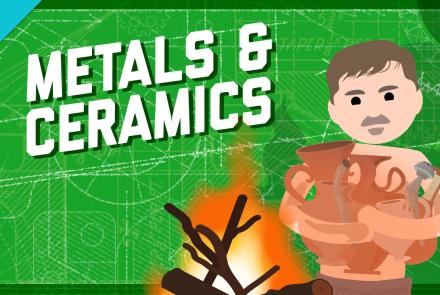
Metals & Ceramics: Crash Course Engineering #19
S1 E19 - 10m 3s
Today we’ll explore more about two of the three main types of materials that we use as engineers: metals and ceramics. We’ll discuss properties of metals, alloys, ceramics, clay, cement, and glass-ceramic materials. We’ll also look at the applications of our materials with microelectromechanical systems and accelerometers.
-
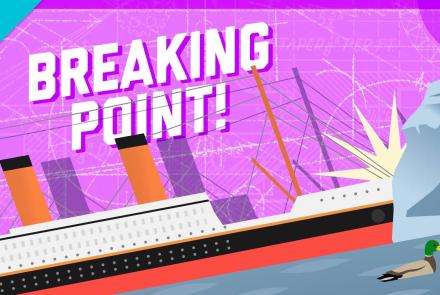
Reaching breaking point: Materials, Stresses, and Toughness:
S1 E18 - 11m 23s
Today we’re going to start thinking about materials that are used in engineering. We’ll look at mechanical properties of materials, stress-strain diagrams, elasticity and toughness, and describe other material properties like hardness, creep strength, and fatigue strength.
-
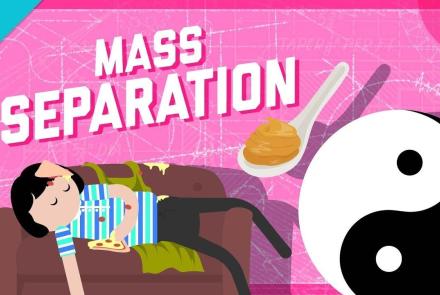
Mass Separation
S1 E17 - 11m 16s
Engineers use three processes to separate chemicals: distillation, which separates substances based on their different boiling points; liquid-liquid extraction, which uses differences in solubility to transfer a contaminant into a solvent; and reverse osmosis, which filters molecules from a solvent by pressurizing it through a semipermeable barrier.
-
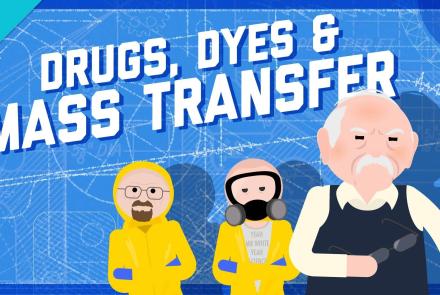
Drugs, Dyes, and Mass Transfer
S1 E16 - 8m 23s
Today we’re talking about mass transfer. It doesn’t just apply to objects and fluids as a whole, but also to the individual molecules and components that make them up. We’ll see that transfers of mass need their own driving force, discuss diffusion, and use Fick’s Law to help us model mass transfer.
-
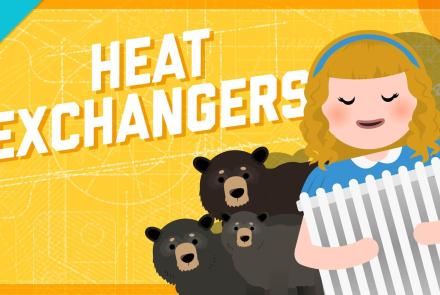
How Not to Set Your Pizza on Fire
S1 E15 - 10m 38s
Today we’re going to explain how exchangers...exchange heat. We’ll look at concentric tubes, finned tubes, plate heat exchangers, and shell-and-tube heat exchangers. And we’ll look at some equations to help us sort through heat transfer and decide what heat exchangers are best suited for our designs.
-
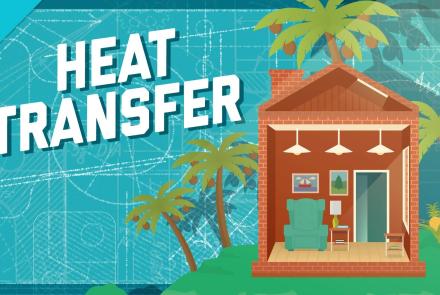
Heat Transfer
S1 E14 - 8m 36s
Today we’re talking about heat transfer and the different mechanisms behind it. We’ll explore conduction, the thermal conductivity of materials, convection, boundary layers, and radiation.
-
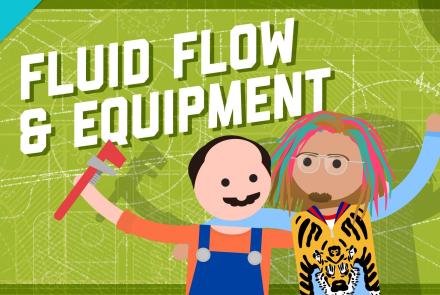
Fluid Flow & Equipment
S1 E13 - 9m 26s
Today we’ll dive further into fluid flow and how we can use equipment to apply our skills. We explain Bernoulli’s Principle and the relationship between speed and pressure in certain flowing fluids. We’ll also discuss how to apply the principle with Bernoulli’s Equation and try to use it in real-world examples.
-
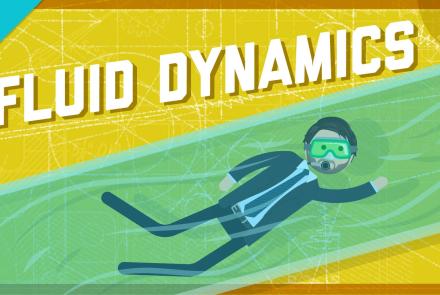
Stress, Strain & Quicksand
S1 E12 - 9m 10s
Today we’re talking all about fluid mechanics! We’ll look at different scales that we work with as engineers, mass and energy transfers, the no-slip condition, stress and strain, Newton’s law of viscosity, Reynold’s number, and more!
-
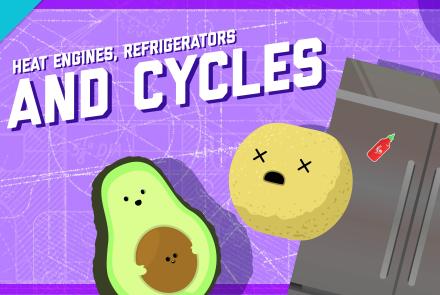
Heat Engines, Refrigerators, and Cycles
S1 E11 - 10m 43s
Cycles are a big deal in engineering. Today we’ll explain what they are and how they’re used in heat engines, refrigerators, and heat pumps. We’ll also discuss phase diagrams and the power of using renewable energy resources.
-
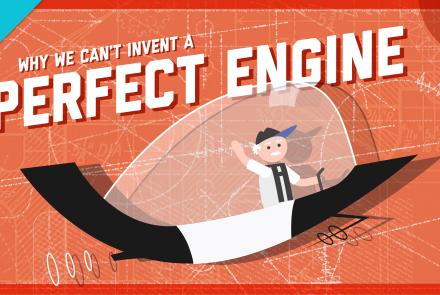
Why We Can't Invent a Perfect Engine
S1 E10 - 12m 21s
We’ve introduced the 0th and 1st laws of thermodynamics, so now it’s time to move on to the second law and how we came to understand it. We’ll explain the differences between the first and second law, and we’ll talk about the Carnot cycle and why we can never design a perfectly efficient engine.
-
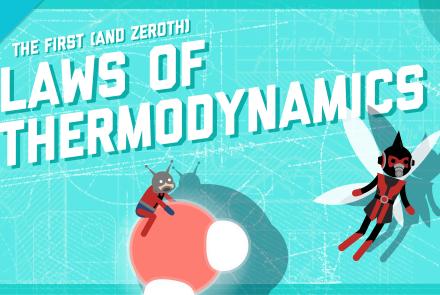
The First & Zeroth Laws of Thermodynamics
S1 E9 - 10m 5s
In today’s episode we’ll explore thermodynamics and some of the ways it shows up in our daily lives. We’ll learn the zeroth law of thermodynamics, what it means to reach a thermal equilibrium, and define the first law of thermodynamics. We’ll also explore how stationary, adiabatic, and isochoric processes can make our lives as engineers a little easier.
-
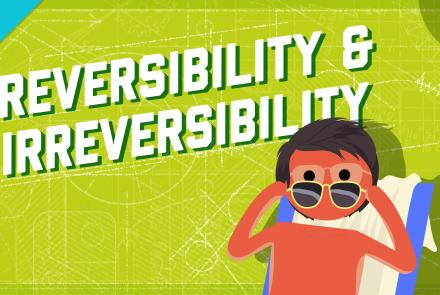
Reversibility & Irreversibility
S1 E8 - 11m 5s
How do we design the most efficient machines and processes? Today we’ll try to figure that out as we discuss heat & work, reversibility & irreversibility, and how to use efficiency to measure a system.
WETA Passport
Stream tens of thousands of hours of your PBS and local favorites with WETA Passport whenever and wherever you want. Catch up on a single episode or binge-watch full seasons before they air on TV.
Similar Shows

First Contact: An Alien Encounter
Science and Nature

Prehistoric Road Trip
Science and Nature
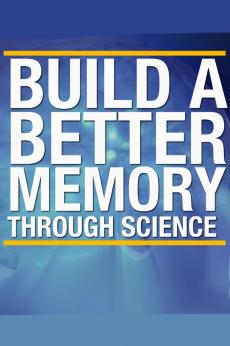
Build a Better Memory Through Science
Science and Nature
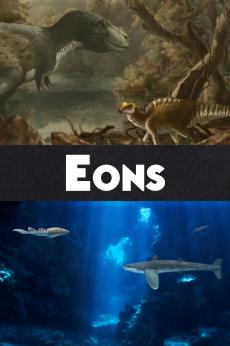
Eons
Science and Nature
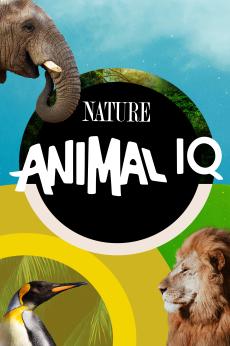
Animal IQ
Science and Nature
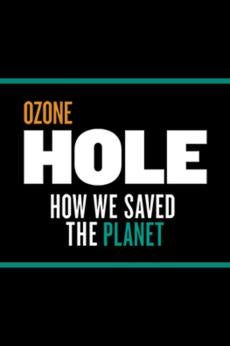
Ozone Hole: How We Saved the Planet
Science and Nature
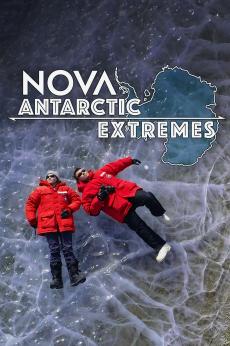
Antarctic Extremes
Science and Nature
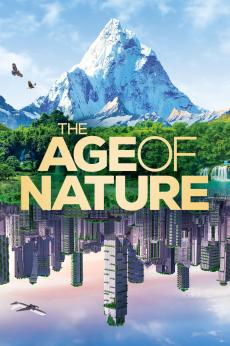
The Age of Nature
Science and Nature

EARTH A New Wild
Science and Nature

A Walk in the Park with Nick Mollé
Science and Nature